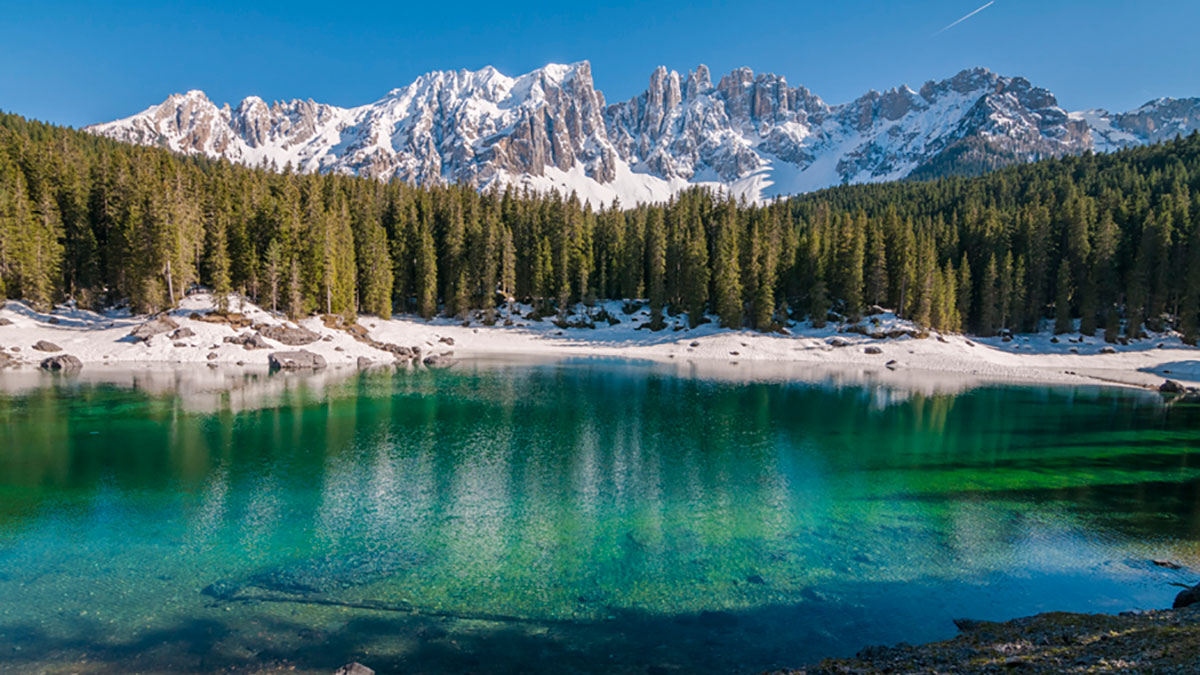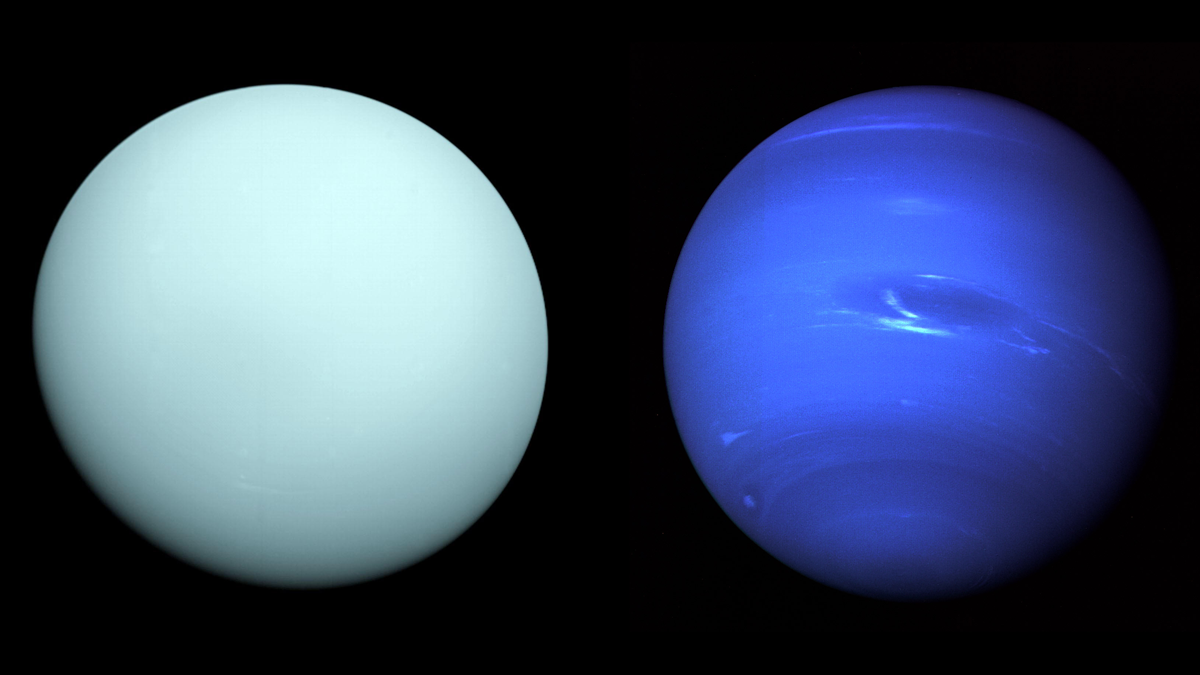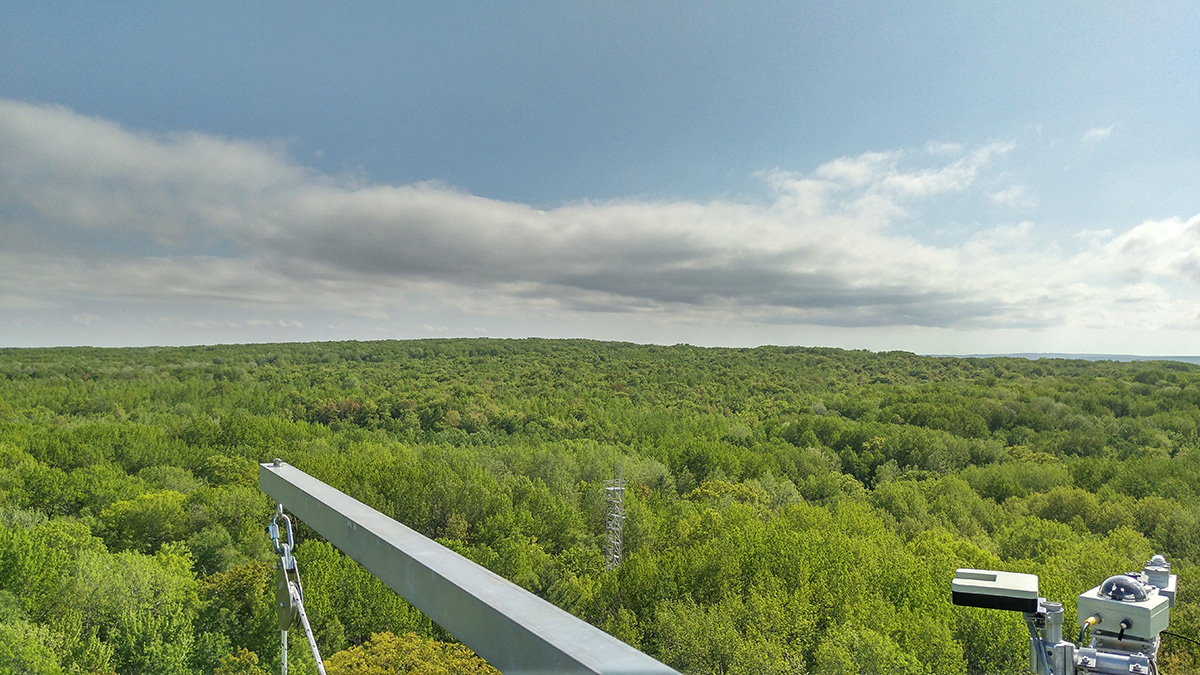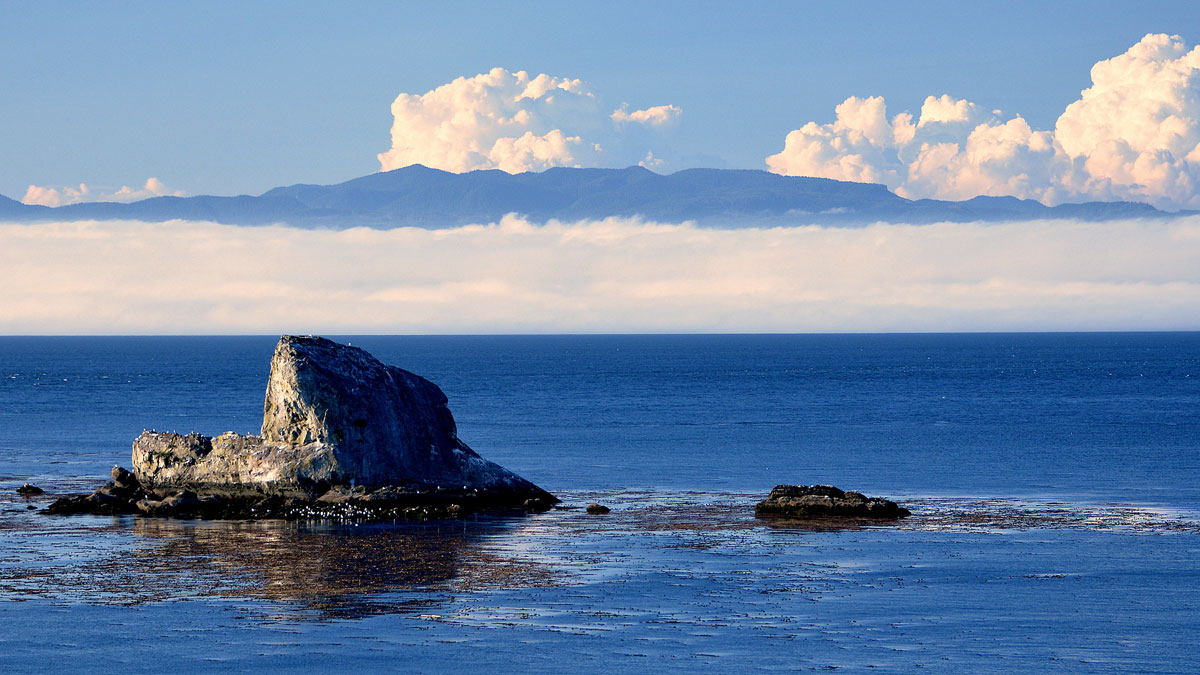Although the total surface area of Earth’s lakes emits less methane than previously believed, it is still among the largest natural methane sources.
Research Spotlights
Research spotlights are plain-language summaries of recent articles published in AGU’s suite of 24 journals.
Fiber Optics Open New Frontier for Landslide Monitoring
To study a landslide along China’s Three Gorges Reservoir, researchers deployed underground fiber-optic sensors to monitor temperature, moisture, and strain.
A Unified Atmospheric Model for Uranus and Neptune
In a new model, three substantial atmospheric layers appear consistent between the ice giants.
Using Sap Flow to Infer Plant Hydraulic Properties
The internal hydraulic properties of plants are difficult to measure but may be inferred from observable sap flow.
Missouri River Floodplain Expansion, Services, and Resiliency
Benefits might accrue for both wildlife and climate resiliency if more floodplains along the lower Missouri River were allowed to flood.
Una nueva perspectiva sobre la vida microbiana en las aguas termales del Parque Yellowstone
Una investigación sobre los rangos de hábitat de microorganismos en las fuentes hidrotermales del parque nacional Yellowstone muestran condiciones ambientales propicias para la interacción entre cianobacterias y algas.
Impact of Climate on River Chemistry Across the United States
Findings of a new study have implications for water quality, aquatic ecosystem health, and water treatment and management as the world warms.
Tracing Water Particles Back in Time
Every summer, a low-oxygen pool settles off Canada’s western coast. A new study uses robust modeling to track the origins of the dense water.
How Forest Structure Drives Productivity
Data from northern Wisconsin forest sites uncovered that vertical heterogeneity metrics are the most influential factors underlying rates of photosynthesis.










